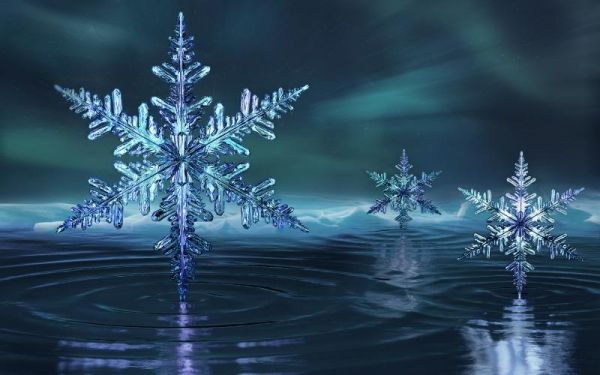Through an experiment designed to create a super-cold state of water, scientists at the Department of Energy’s Oak Ridge National Laboratory used neutron scattering to discover a pathway to the unexpected formation of dense, crystalline phases of ice thought to exist beyond Earth’s limits.
Observation of these particular crystalline ice phases, known as ice IX, ice XV and ice VIII, challenges accepted theories about super-cooled water and amorphous, or non-crystalline, ice. The researchers’ findings, reported in the journal Nature, will also lead to better basic understanding of ice and its various phases found on other planets and moons and elsewhere in space.
“Hydrogen and oxygen are among the most abundant elements in the universe, and the simplest molecular compound of the two, H2O, is common,” said Chris Tulk, ORNL neutron scattering scientist and lead author. “In fact, a popular theory suggests that most of Earth’s water was brought here through collisions with icy comets.”
Read more at DOE/Oak Ridge National Laboratory
Image: An ORNL-led team's observation of certain crystalline ice phases challenges accepted theories about super-cooled water and non-crystalline ice. Their findings, reported in the journal Nature, will also lead to better understanding of ice and its various phases found on other planets, moons and elsewhere in space. Credit: Jill Hemman/Oak Ridge National Laboratory, U.S. Dept. of Energy


